Pala Band of Mission Indians
12196 Pala Mission Road
Pala, CA 92059
(760) 891-3500
http://www.palatribe.com
Welcome

Morning sun in Pala.
Statement from Chris Nejo, Pala Band of Mission Indians: Since time immemorial, Pala has been home to a band of Luiseño (Payomkawichum) people. In 1875, President Ulysses S. Grant signed an Executive Order that established the Pala Reservation for the Pala Luiseño band. In 1891, the Mission Indian Relief Act made Pala a permanent reservation. In 1902, lands adjacent to Pala were purchased to expand the reservation. Additional lands were purchased because the Cupeño (Kuupangaxwichem), as well as other smaller Indian bands around Warner Ranch, were ordered to be removed from their homelands and relocated to Pala. The Cupeño people have always called their villages of Cupa and Wilakal home. They knew every plant, rock, animal, and physical feature in their homeland. It is where their ancestors are buried and home to sacred sites where religious ceremonies were performed. The Cupeño people did not want to leave their ancestral lands. They took their case all their way to the U.S. Supreme Court and even attempted to secure a reprieve from President Theodore Roosevelt. Their legal challenge was unsuccessful. The Court ruled that the Cupeño had no rights to their ancestral lands and ordered their removal. On May 12, 1903, Indian Bureau agents and 44 armed teamsters arrived to oversee the Cupeños’ eviction. The forced removal is known as the Cupeño trail of tears. In September 1903, the San Felipe Indians suffered the same fate and were forced to relocate to Pala. After the removal, the Cupeño people made up the majority of the population at the Pala Indian Reservation, followed by the Luiseño and then a much smaller number of Kumeyaay. Today, the majority of Tribal citizens are of Cupeño and Luiseño ancestry and consider themselves to be one proud people – Pala Band of Mission Indians. (Chris Nejo, 2019)
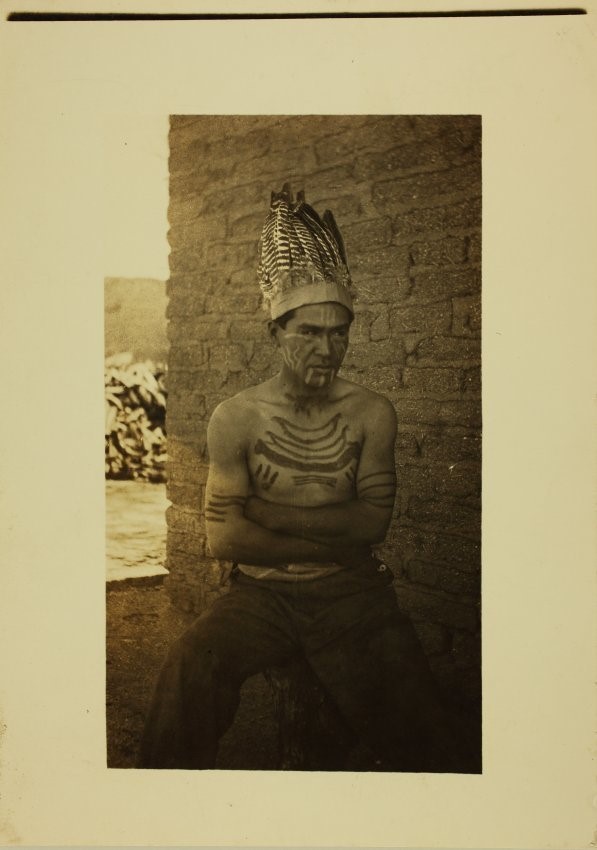
Cupeño man in regalia, 19th century.
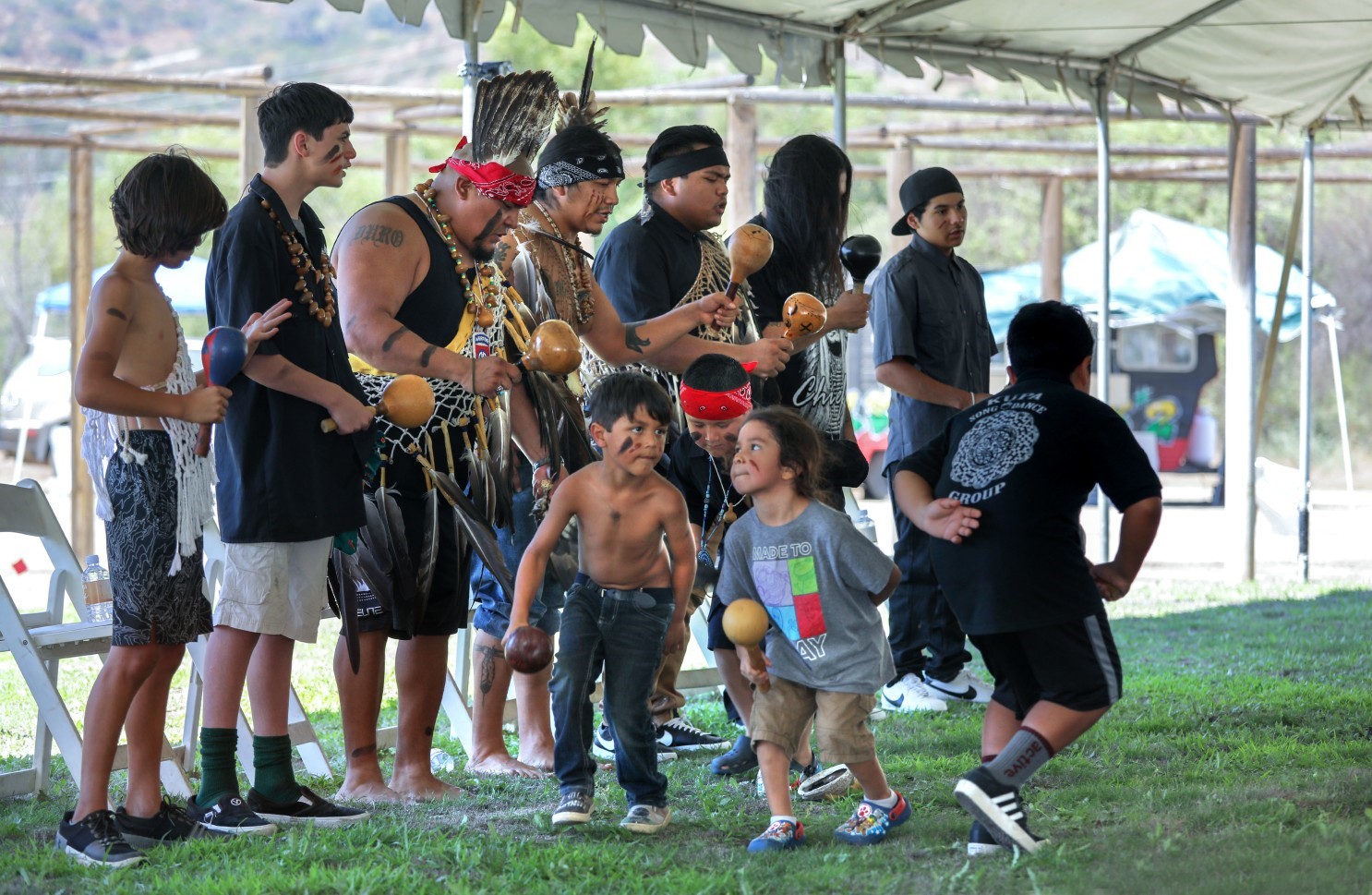
Kupa Song and Dance Group, 21st century.
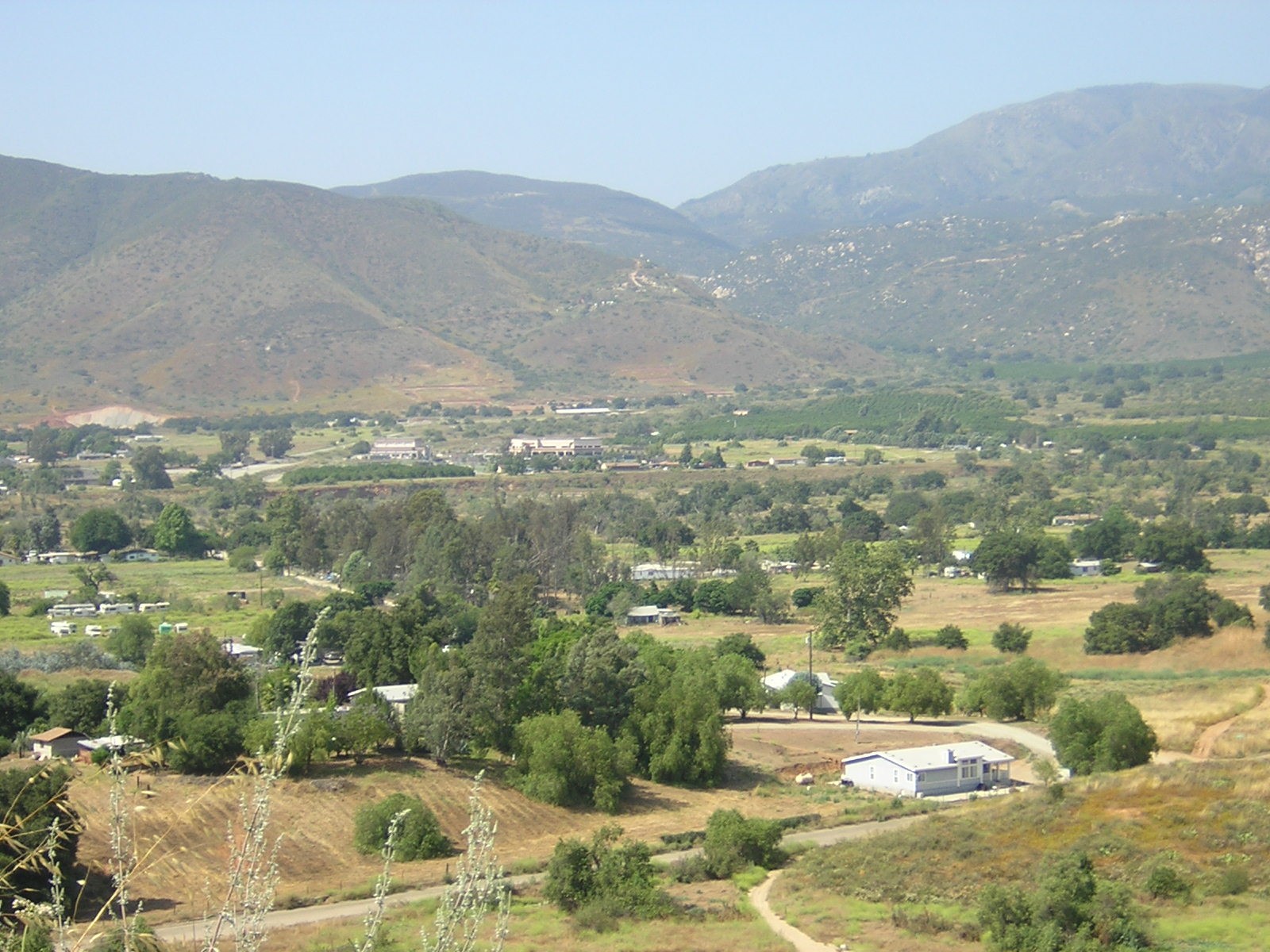
The Pala Reservation in the 21st century.
The Cupeño Removal
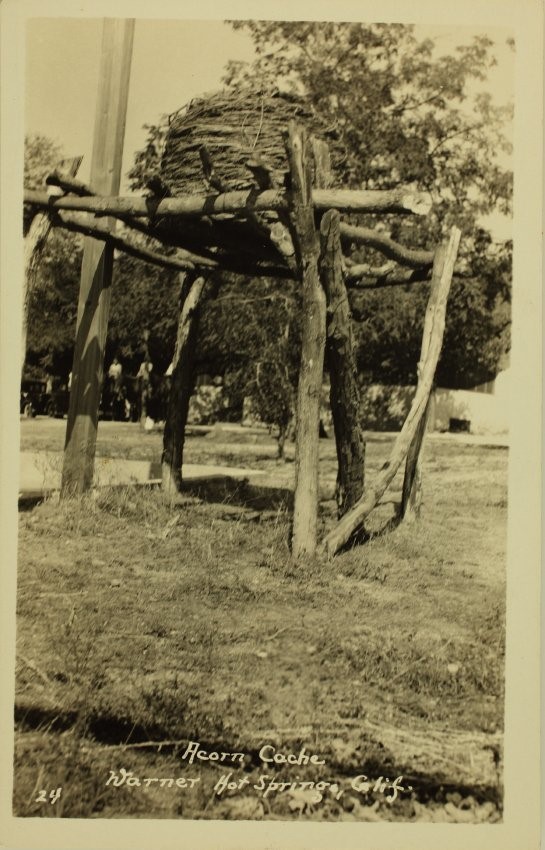
Acorn cache at Warner Springs prior to removal.
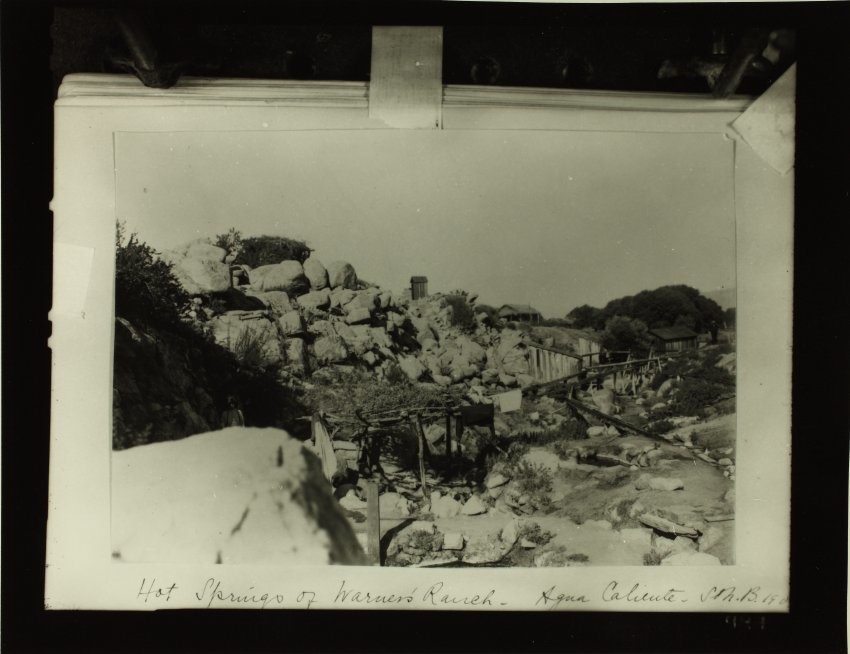
Warner’s Ranch before the removal of the Cupeño.
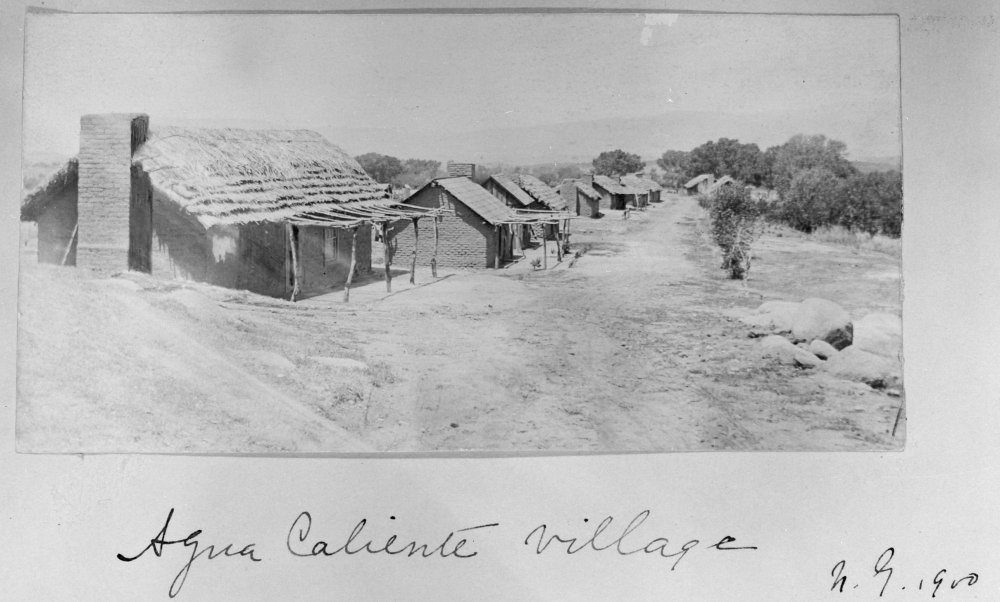
Agua Caliente Village (later Warner Springs), 1900.
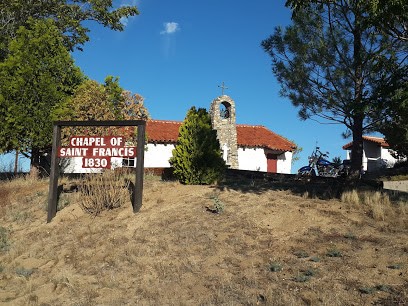
Saint Francis of Assisi Chapel, Warner Springs, in the 21st century.
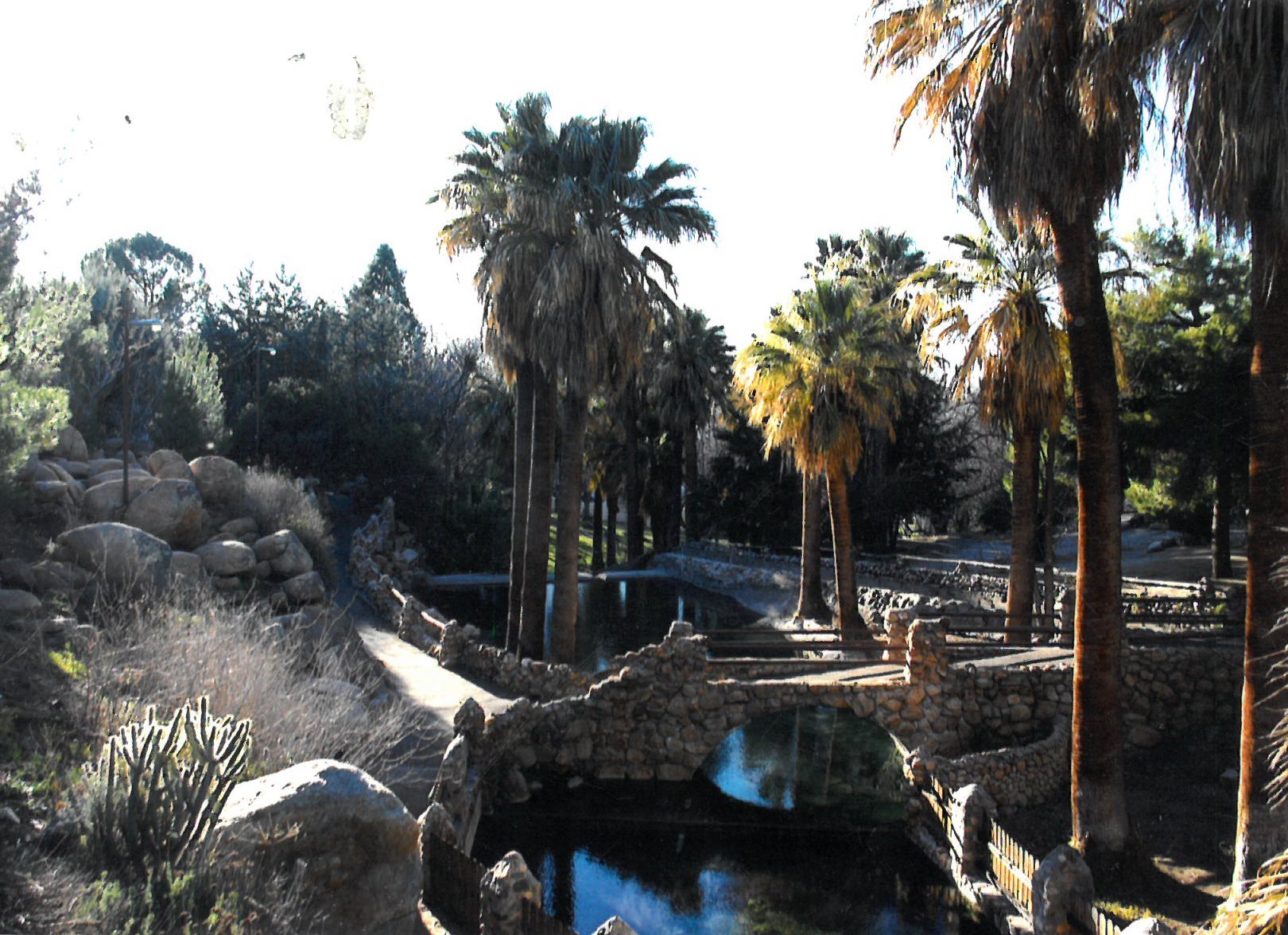
The Hot Springs at Warner’s Ranch in the 21st century.
External link: “In The Name of The Law: The Cupeño Removal of 1903,” Phil Brigandi, 2018.
Article: “The Exiles of San Felipe,” Constance Goddard DuBois, 1903.
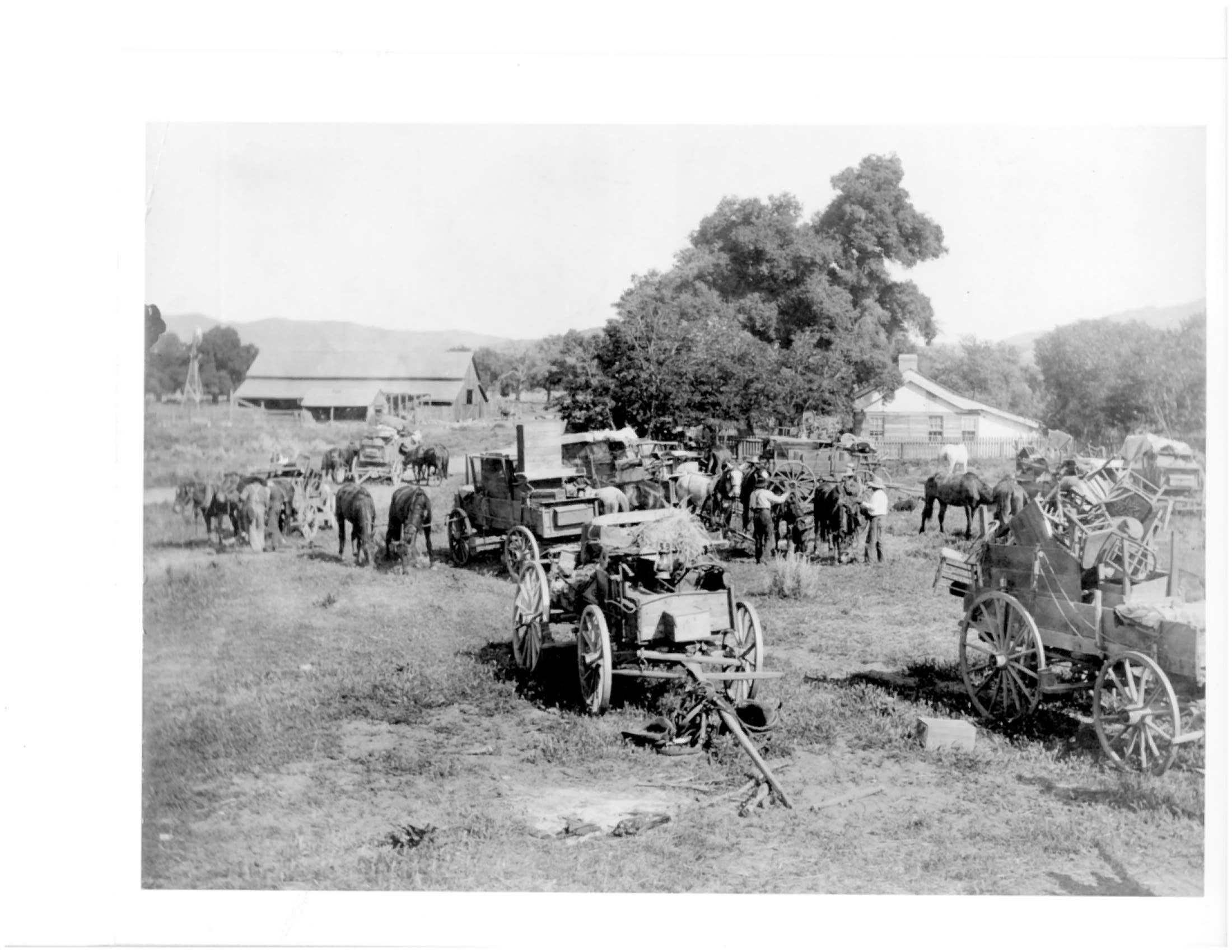
Exiles of Cupa at Oak Grove Camp, 1903.

The arrival at Pala, 1903. (Huntington Library)
A shared history

Chapel at Kumeyaay village of San Felipe before relocation to Pala Reservation, 1901.
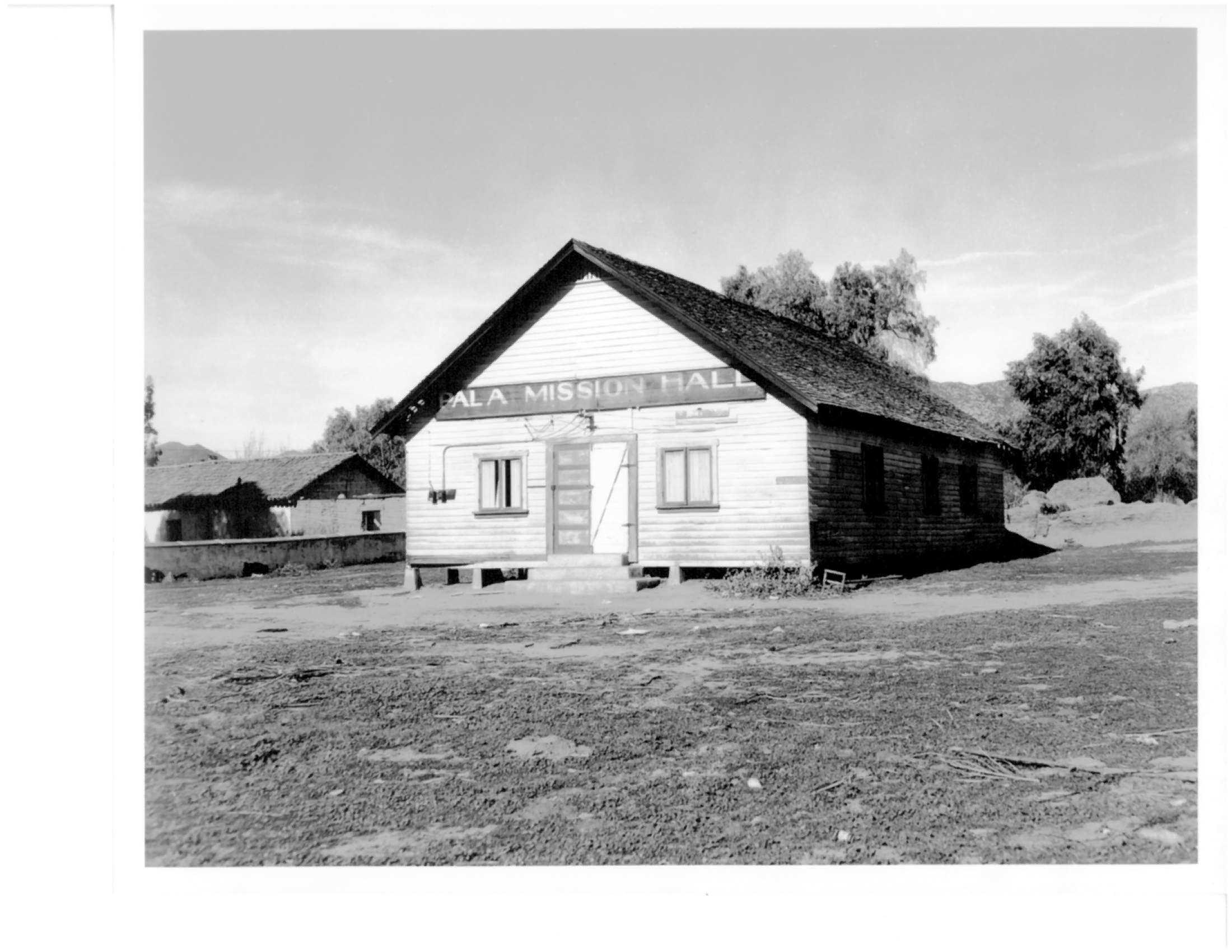
Mission hall on the Pala Reservation, 1900s.
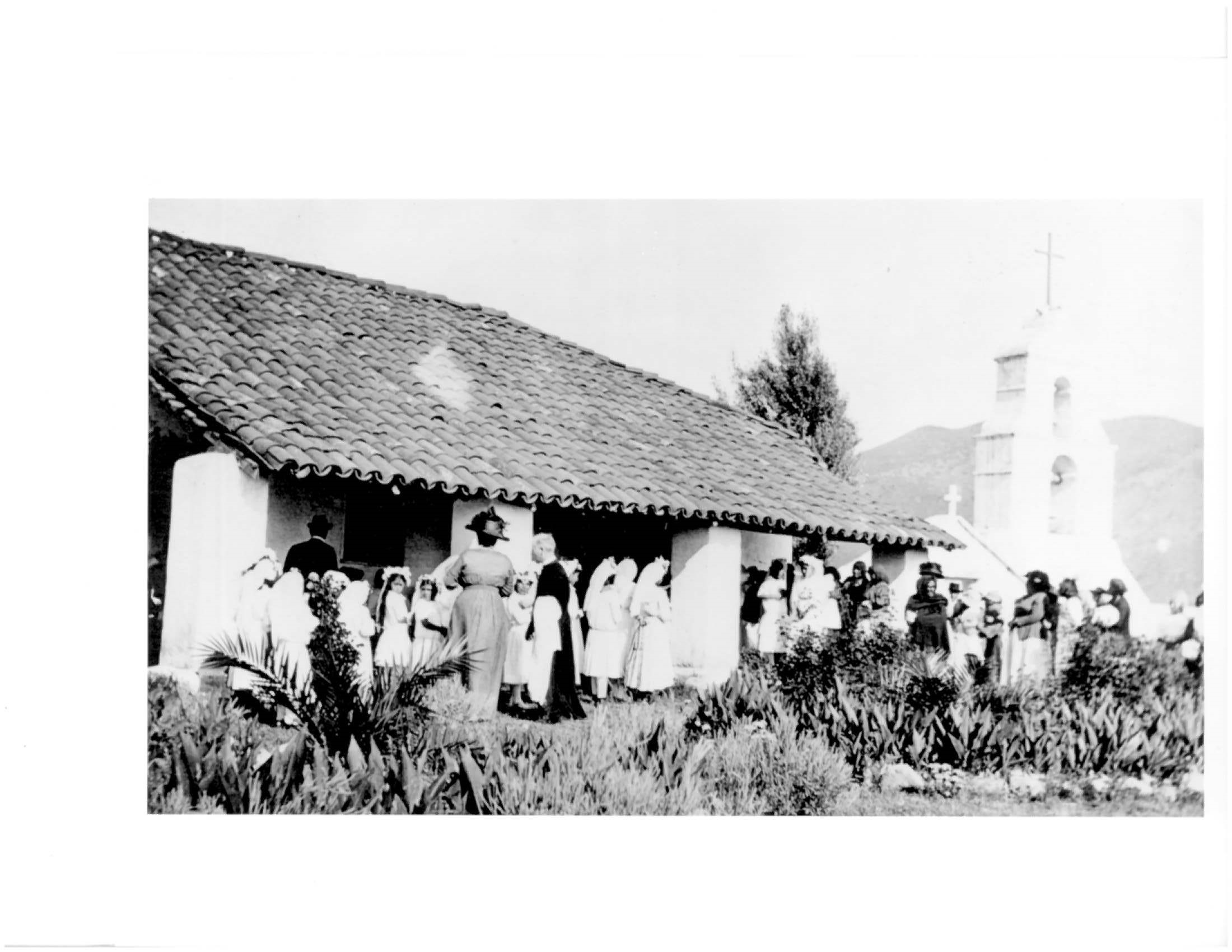
Fiesta day at Pala chapel, 1900s.
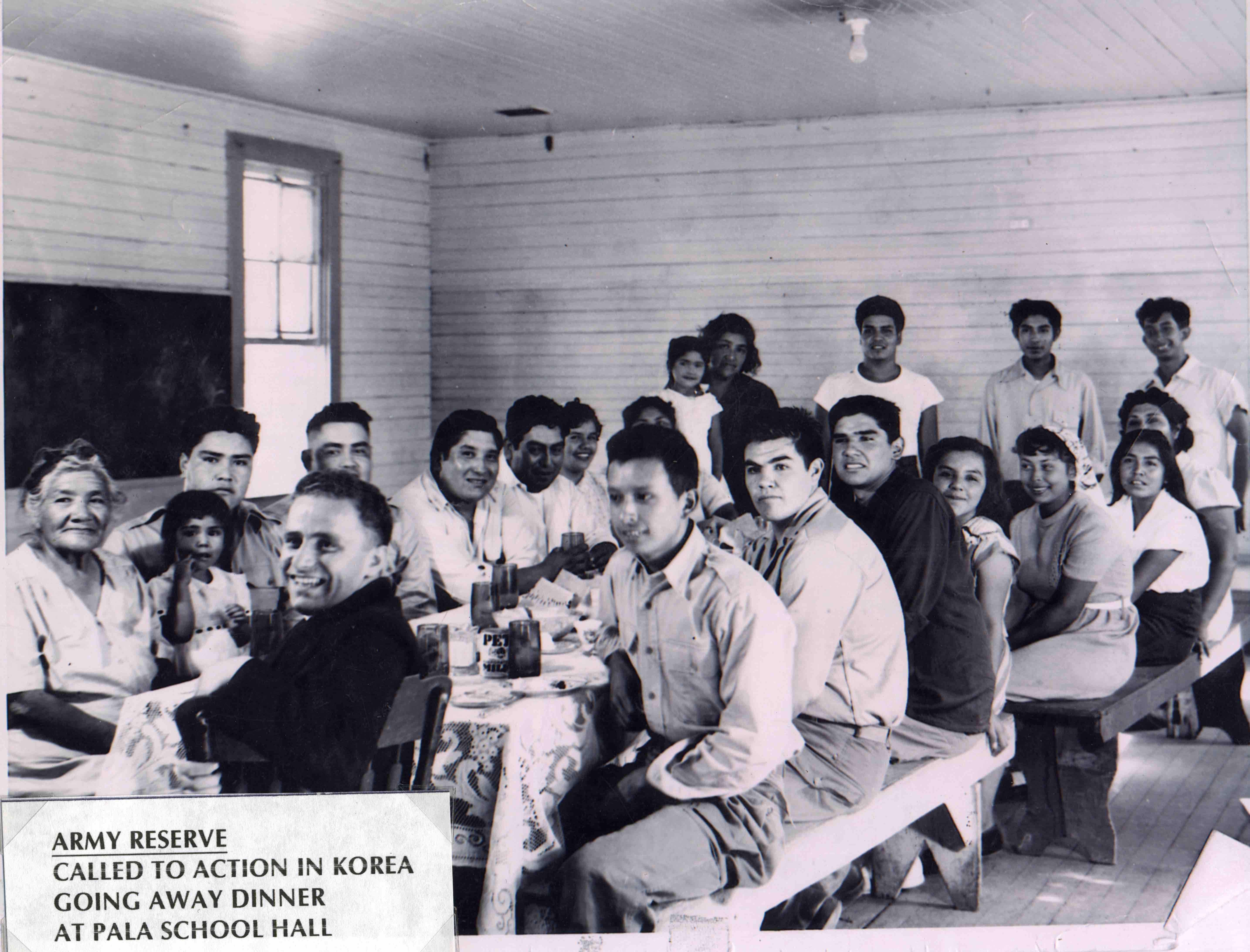
Pala Army Reserve members at going-away dinner before service in Korean War.
A living tradition
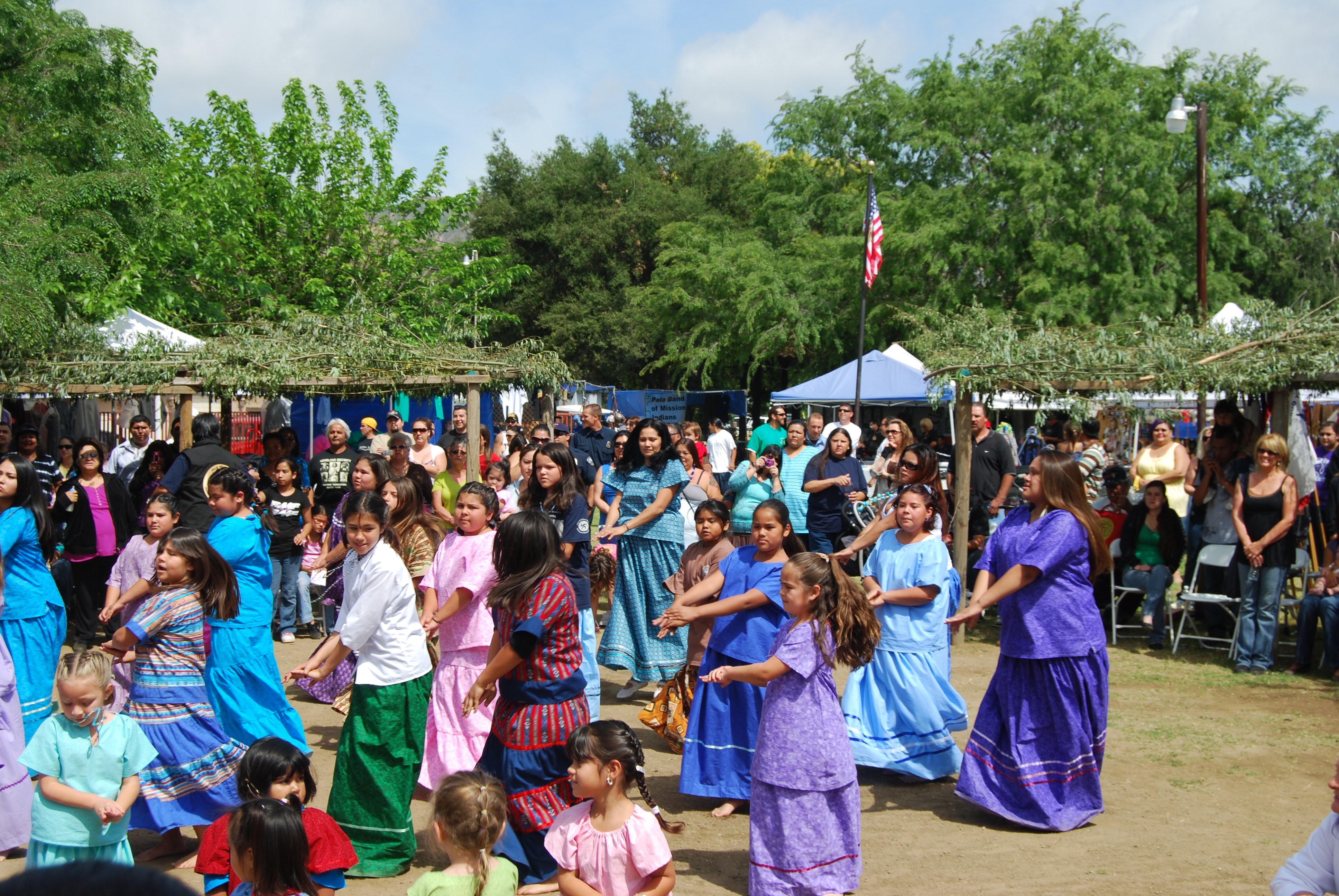
Bird Dancing at Pala, 21st century.
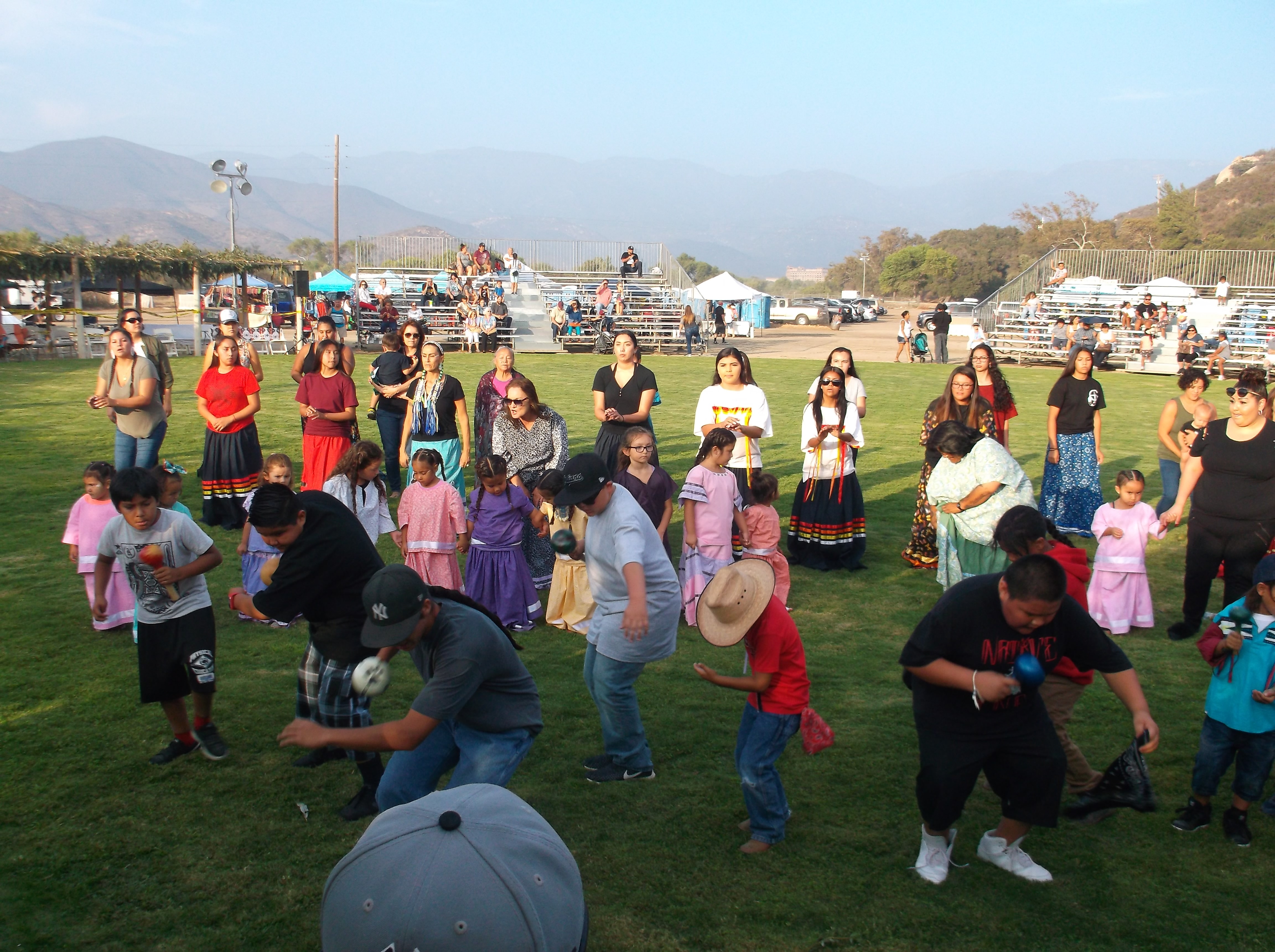
Youth bird dancers at Pala, 21st century.
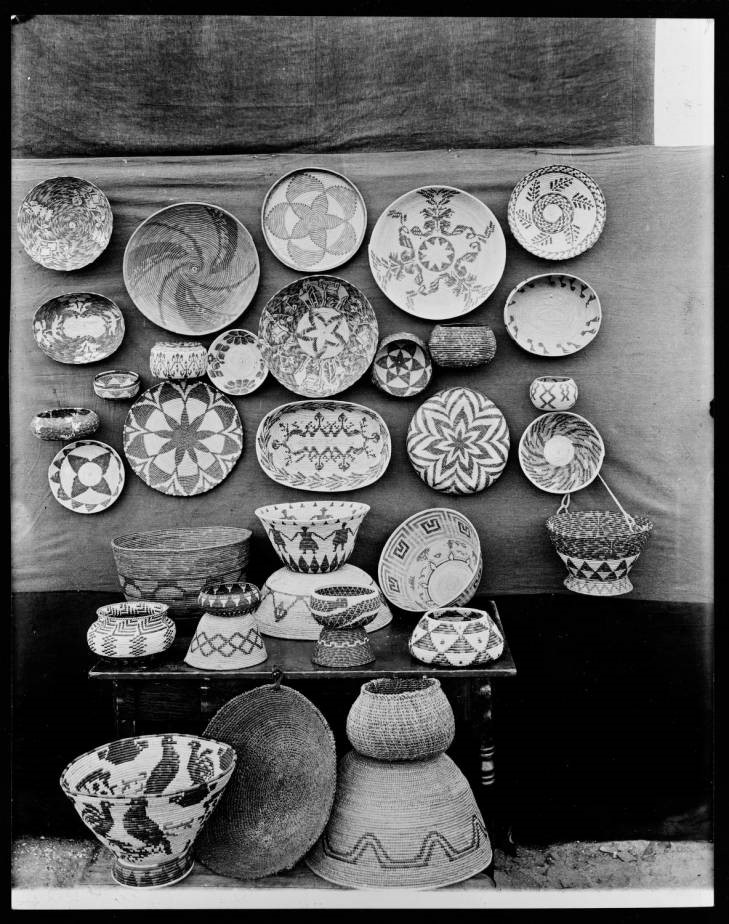
Display of baskets at Pala.
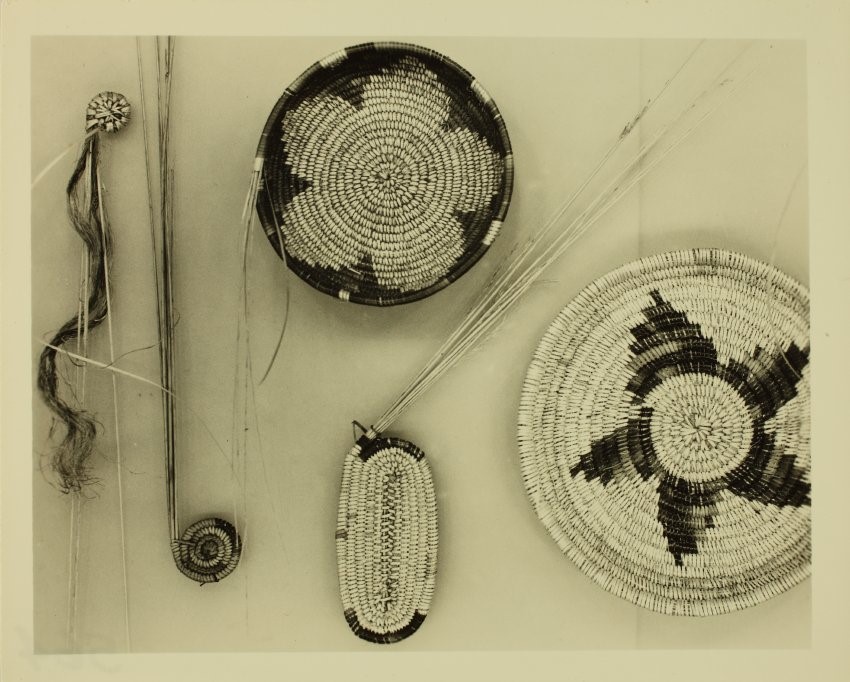
Exhibit showing traditional basket-making technique.
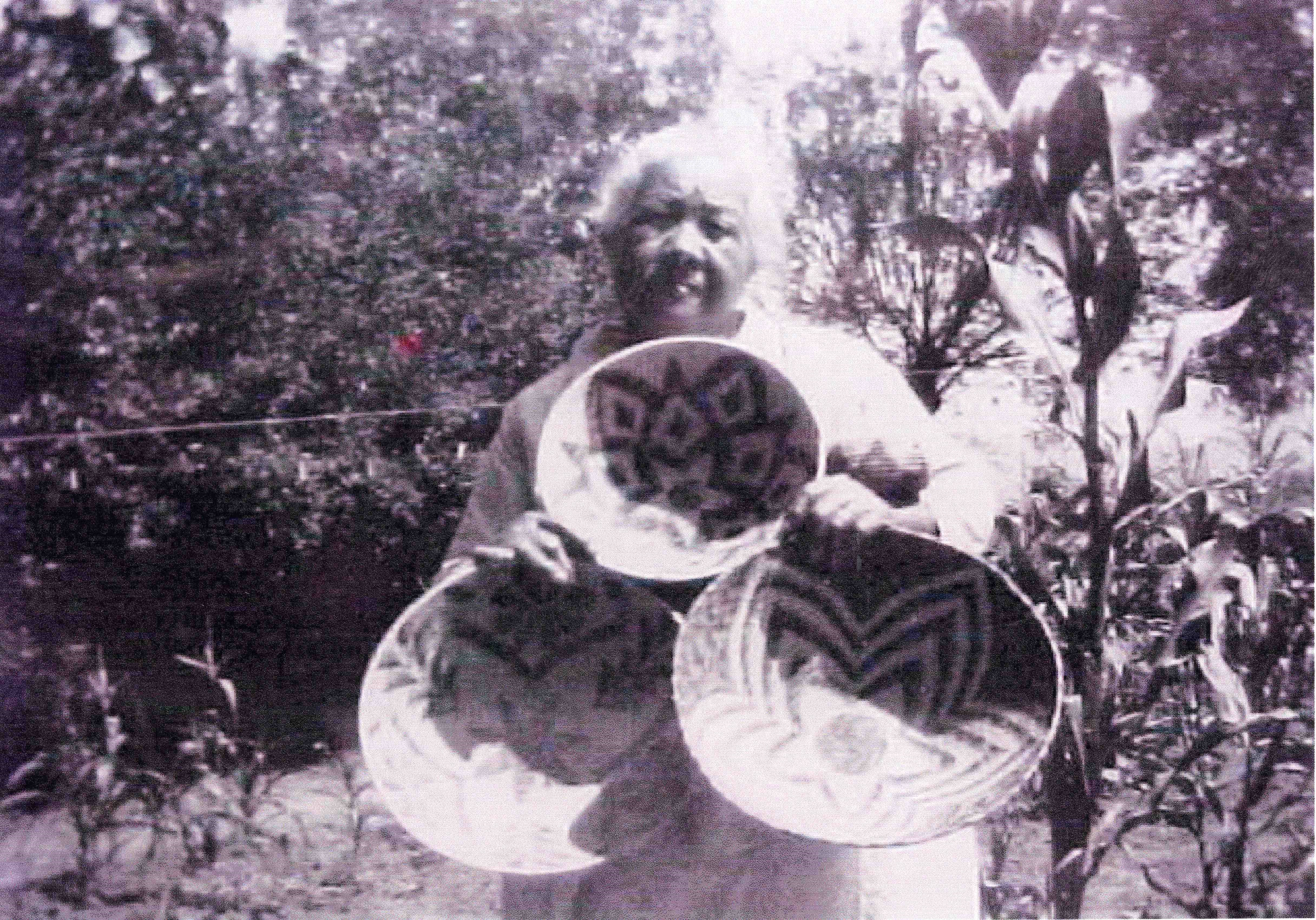
Pala artist Calisda Welmas displays her baskets.

Pala elders in regalia, 20th century.

Cupa Days at Pala, flag procession, 21st century.

Cupa Days at Pala, 21st century.

